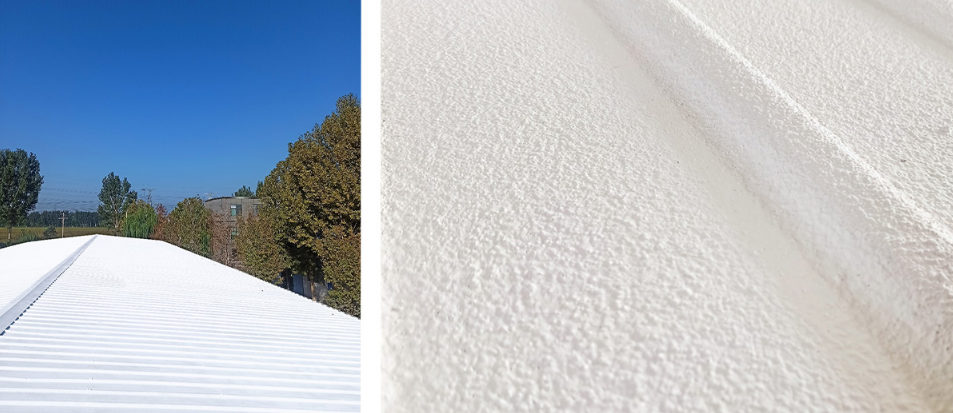When you gaze at a typical asphalt shingle roof, you may notice tiny, colorful particles embedded in the surface. These granules not only add aesthetic appeal but also serve a crucial functional role in protecting the roof from various environmental elements. In this article, we delve into the composition of roofing granules, their purpose, and their significance in roofing systems.
Roofing granules are small, coarse particles applied to the surface of asphalt shingles during the manufacturing process. Formulated from a variety of materials, these granules come in a spectrum of colors to match different architectural styles and customer preferences. Aside from their visual appeal, their primary role is to bolster durability and enhance roof performance.

The primary component of roofing granules consists of crushed stone and minerals, mixed with other granules and ceramic coatings to produce the final product. Sifting can produce granules in specific grain sizes, and various ingredients can be included for extra features. For instance, copper granules may be added to resist blue-green algae.
Crushed rock minerals, such as quartz, granite, and limestone, are some of the most common materials used in roofing granules. Selected for their hardness and resilience against weathering, these minerals form a protective outer layer, safeguarding the asphalt from UV radiation, moisture, and physical damage.
To improve performance, certain roofing granules are coated with ceramic materials like alumina or silica. These coatings enhance the granules’ resistance to fading, algae growth, and degradation from environmental factors. Ceramic coated roofing granules also boost roof reflectivity, lowering heat absorption and reducing cooling expenses.
To achieve specific hues, roofing granules are often tinted with pigments, typically inorganic compounds that resist fading. Commonly used pigments include iron oxides for reds and browns, titanium dioxide for whites, and carbon black for blacks.
During manufacture, roofing granules are attached to the asphalt shingle substrate via specialized adhesives. These ensure that the granules remain securely bonded to the shingles even in extreme weather conditions, which is vital for maintaining the roofing system's integrity and protective qualities.
The outer layer of roofing granules serves as a protective barrier against UV radiation, which can degrade asphalt and cause brittleness over time, potentially ending the roofing system's lifespan. By reflecting and absorbing UV rays, roofing granules significantly extend the longevity of shingles while preserving their structural stability.
A durable outer surface provided by roofing granules safeguards shingles from rain, snow, hail, and other environmental hazards. Their resistance to abrasion prevents surface erosion and wear, ensuring long-lasting performance across diverse climatic conditions.
Apart from functional advantages, roofing granules add visual appeal to roofs by introducing texture, depth, and color. Homeowners can select from a multitude of colors to harmonize with their exterior design, ensuring a collectively aesthetic look.
Roofing granules are a vital component in asphalt shingle roofing systems, utilized in residential, commercial, and industrial contexts. When choosing roofing materials, it is essential to consider the quality and composition of the granules, as they influence the roof's performance and longevity. High-quality granules with excellent UV resistance, color retention, and strong adhesion contribute to a more robust and visually appealing roofing system.
In summary, roofing granules play an essential role in augmenting and protecting asphalt shingle roofs. Their composition—including minerals, ceramic coatings, pigments, and adhesives—enhances durability, weather resistance, and aesthetic charm. By understanding the importance of roofing granules, homeowners and builders can make educated decisions, ensuring the long-term integrity of their roofing systems.

Comments
0